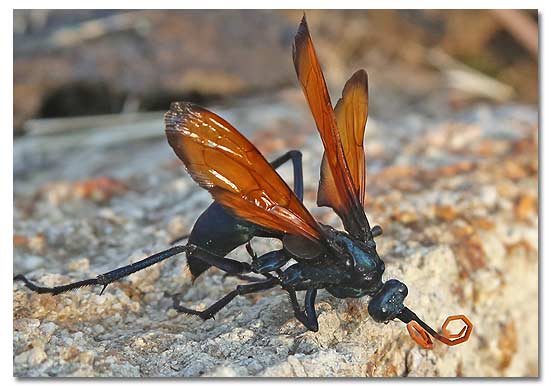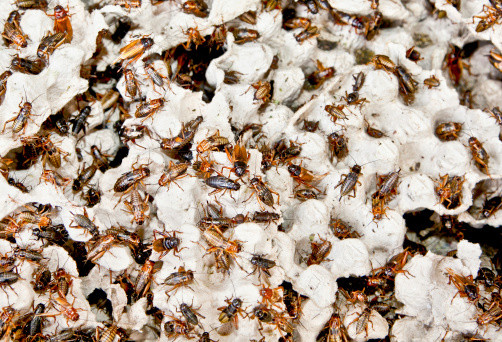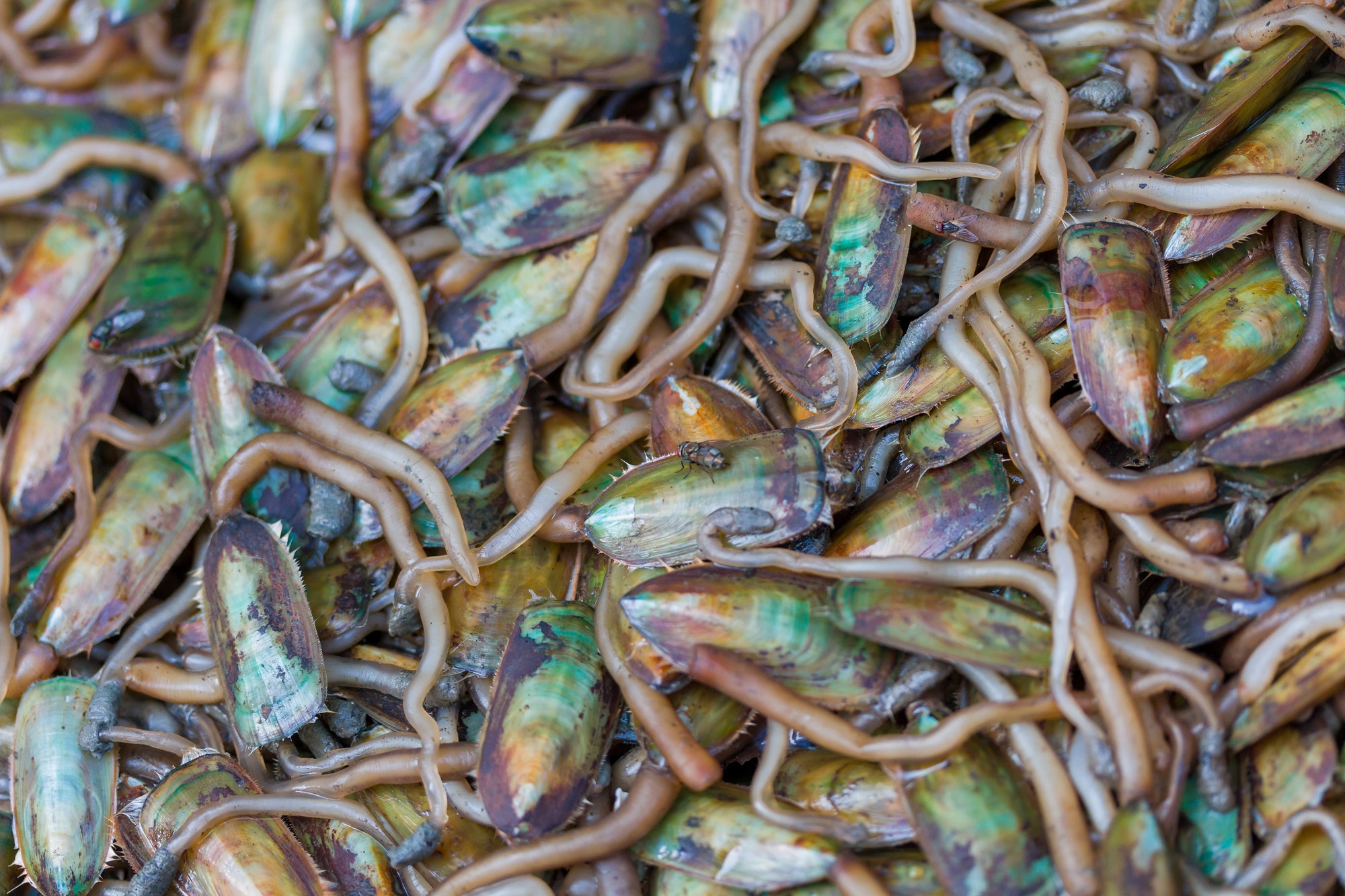What Is The Biggest Bug In The U.S.?
The biggest bug in the U.S is the Belostomatidae also known as the giant water bug. This water bug tends to grow up to 4 inches long throughout its lifetime. The water bug’s home is usually in lakes and ponds throughout the whole U.S and they have a big concentration in Australia and South America.
Their easy agility allows them to catch prey in the water. They’re hemipteran insects that are also known as “toe-biters” that occasionally bite on humans toes when in the water. This feeling isn’t actually a biting sensation instead the water bugs use this in a way to inject their venom through their legs.

Their “bite” won’t cause severe damage but it will be very painful and they’re known for being one of the most painful in all the insect kingdom. This insect is very popular to be sold in markets in SouthEast Asia. The adults are the ones who are able to fly which then attract light at night and this is a perfect timing for sellers who use black light to attract the bugs into the traps. The giant water bug is also very popular to be sold and eaten. They are eating in various ways but it depends on the market and local culture.
These water bugs are different from other insects considering that the male is responsible for the babies. Scientists have researched and found out that the water bugs lay eggs on the wings of the males instead of the female insect. Whenever the eggs are developed, the male is unable to mate at that specific time. The male is only able to carry the eggs until they’re fully hatched. While the eggs are waiting to be hatched, the female continues to find males to mate with.
Along with Belostomatidae, there is a subfamily named Lethocerinae. This family of bugs lay their eggs in vegetation. The males are also in charge of protecting the eggs at this time instead of the females.

This insect might not be the most dangerous to humans but they’re not the most pleasing to be around and to be bitten by. That is why water bugs tend to “play dead”. Whenever there is a larger predator coming near the bug they will also react in a way to protect themselves. This process happens when the bug plays dead and an emit fluid continues to come out of their anus. When this process continues to happen it is assumed that the bug is completely dead. They also use this to come out of state and attack which can be very painful.
Just because a bug appears to be bigger in their size does not always mean they’re dangerous but giant water bugs are highly aggressive. They might be big but they can appear small when stalking their prey waiting to capture it and eating it. Their normal diet includes fish, snails, and invertebrates. It is not very frequently that these giant water bugs will feed on water snakes and even baby turtles but it is possible. They will use the water as the perfect setting to stick to at the bottom of rocks before taking action and jumping on their prey with their powerful digestive saliva. These giant water bugs can be looked at as very careless bugs but can attack towards anyone.








